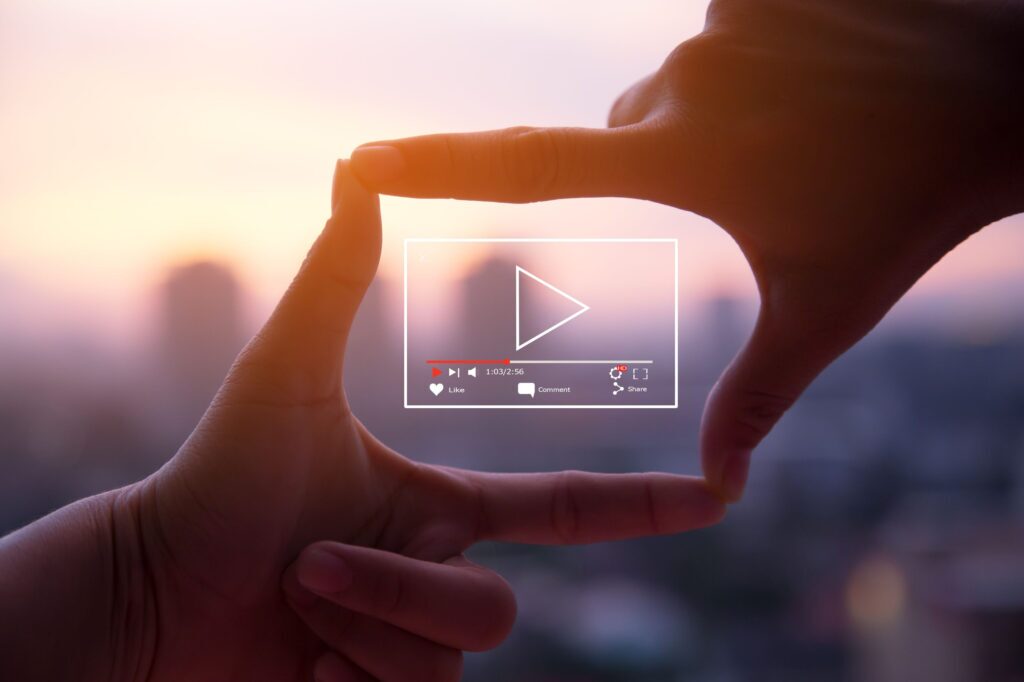Digital Marketing Campaigns that Engaged Customers in a COVID-19 World

What kind of marketing campaign can you launch at a time when people are locked up at home, fearful of COVID-19, their employment, and possibly their lives at risk, and shopping is the last thing on their mind?
During the first months of the pandemic, many brands did pull back on their promotions. It was not just a matter of conserving resources and cutting down spending, but their leaders realized that doing any kind of activity that asked people to spend was downright insensitive, if not cruel.
One thing about crises and national emergencies, though, is that they need messaging. People want to know what to do. They want the latest, relevant, and accurate information that can make their lives safer. They want to hold conversations with organizations that they have come to trust over the years.
And the brands responded. And the messages that resonated and reached their audience had to do with empathy, compassion, truthfulness, a sense of community, and the willingness to go a thousand extra miles to create solutions to really urgent problems.
Here are some of the most successful digital marketing campaigns that engaged customers in a COVID-19 world, and the lessons we can learn from them.
Cottonelle allayed customer fears to stop them from panic-buying
Many of us still remember empty supermarket shelves where rolls of toilet paper had been. That ubiquitous round-shaped piece of wrapped cotton was among the first casualties of the pandemic. The public bought it faster than anyone could stock it.
Cottonelle’s counter move anchored itself on compassion and confidence in the customer. The main message was: “Stock up on generosity.” Later on, it would issue the statement: “We believe our customers have no shortage of kindness.”
Proving that it also walked the talk, it donated one million rolls of toilet paper along with $1M to the COVID-19 Community Response and Recovery Fund launched by its partner United Way.
Nike encouraged its customers to stay healthy
It was the message that everyone needed to hear—and they wanted a formidable, trustworthy leader to show them the way. Nike saw this opportunity and pounced on it, crafting snackable useful content on nutrition, health, fitness, exercise, and honed in on how building these could help the individual in developing a strong immune system.
To show that it was not cashing in on the pandemic, Nike made its club training subscription fee free for a limited period.
The campaign not only gave the weary scared public an anchor of information they could rely upon on—it also boosted their morale.
Facebook emphasized the power of connection and community
Facebook’s moving messages, launched almost as soon as the World Health Organization acknowledged that COVID-19 was a global pandemic, packed compassion, encouragement, and joy—and inspired a scared world that life can still be meaningful and fulfilling during this troubled time.
Locked inside their homes, people turned to the digital space for answers. They also searched for ways to communicate with loved ones who they might never be able to visit. They stayed hours on end on social media to catch up with family and friends, sharing their information, network, and resources to make it through another day.
Through it, all was the unspoken yet heartfelt and truthful message that it was social media like Facebook who provided a platform for that connection, and the inspiration that would spring from it.
Digital media empowered people to remember and realize their humanity and re-establish ties with others to inspire each other.
Maltesers says “We will get through this.”
Next to health guidance and medical updates, this one-liner was the fuel that spurred people not to give up but live and fight for another day.
But what made the popular milk brand’s campaign apart from the rest was the sense of light-hearted fun that made its customers smile and laugh even during the toughest lockdowns.
Fighting a crisis, no matter how gravity, does not have to be grim and gritty all the time. Maltesers reminded its audience that laughter remains the best medicine.
Getty Museum unleashes our inner artist
How does an artistic organization, which a majority of the public might perceive as non-essential during a crisis, retain its relevance?
By going back to its foundation that art, far from being a province of the elite, is vital to the human spirit and can revitalize and inspire it, especially during the darkest hours.
The beauty of the Museum’s campaign is that it neither preached nor lectured and thus avoided the usual perceptions that art was pompous and high-brow. Instead, it encouraged people to bring out their inner artist right in their own homes. Its social media displayed its stunning collection—and challenged art newbies to recreate those famous paintings with elements stocked up in their shelves, garages, and gardens. These marketing campaigns went viral and impacted their audience because they placed their customers first during a time of unpredictability and anxiety. There was no sales push or an attempt to get them involved in any commercial activity. Instead, the brands just said mainly one thing: “It might get worse before it gets better but we will always be here for you.”